
Lesson 1: Reducing time for people, increasing pressure for officials
The two-level local government in Ho Chi Minh City is gradually becoming more effective as people save a lot of time, and administrative procedures are resolved more quickly and transparently than before. Accordingly, the government also uses people's satisfaction as a measure for public service activities, gradually helping to shorten the gap between the government and the people, creating trust and consensus from the people when implementing.
Respond quickly but not adapt quickly enough
Di An Ward has nearly 230,000 residents, so the number of people coming to do administrative procedures (TTHC) every day is always crowded. However, the operating process is quite orderly, with volunteers guiding and staff explaining enthusiastically. Mr. Tran Thanh Phuong, who came to register for temporary residence, said: "I thought I would have to wait a long time because of the large number of documents, but it only took more than 10 minutes. The staff explained clearly, and the supporting technology was very convenient."
In Lai Thieu ward, to process administrative procedures for people on time, civil servants work on Saturdays and Sundays. Coming to certify documents at the ward, Ms. Nguyen Mai Hoa said: "When we come to do public administrative procedures, we have to take a queue number right at the entrance gate, then the staff will guide us to log in to the Online Public Service Portal and start declaring the required content. I find the service attitude of the ward staff quite open, and the search technology is also fast. I only need to perform a few operations and the information will be processed and sent to my email and phone number."
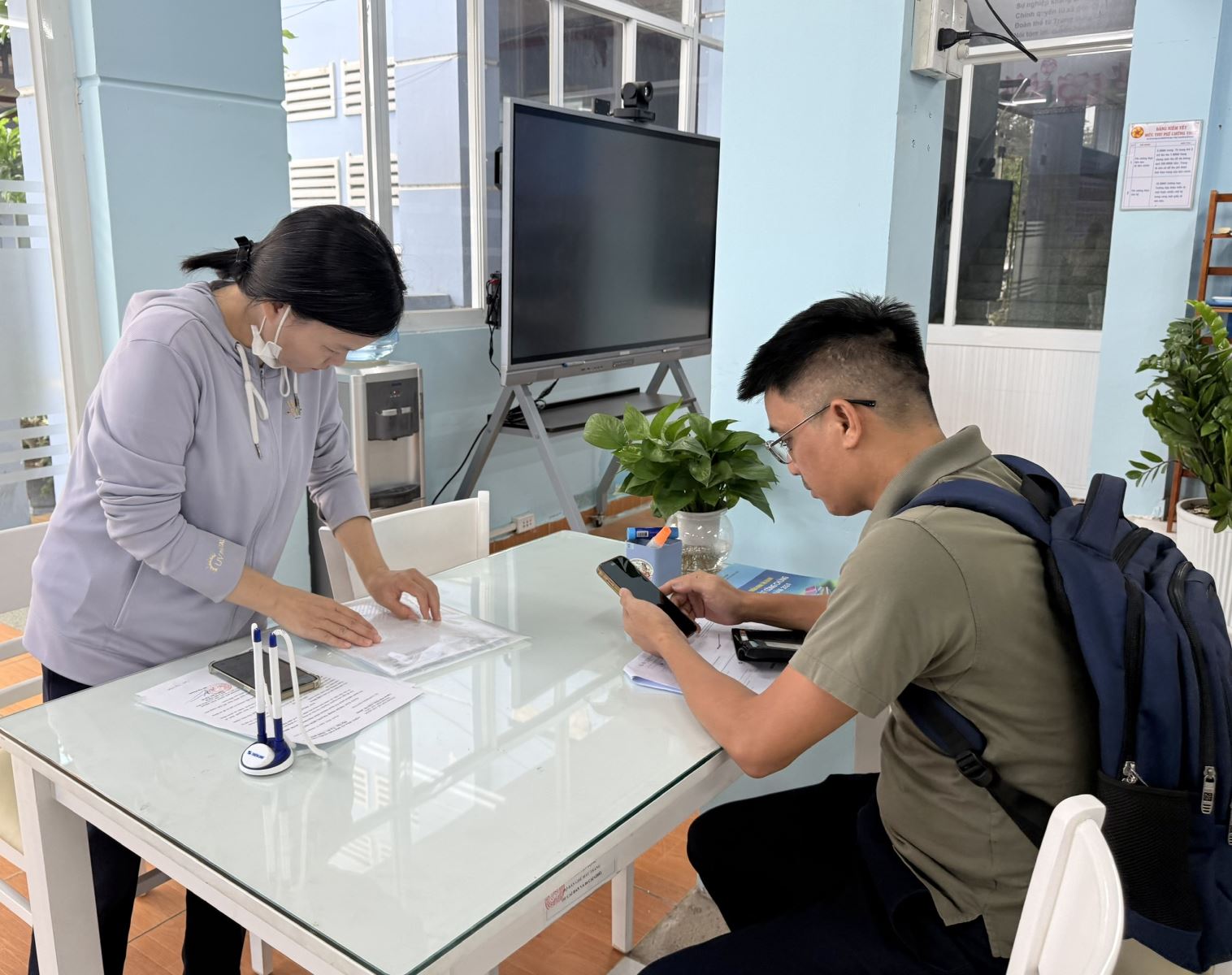
However, in addition to that convenience, many people, especially the elderly, face difficulties. Mr. Nguyen Van Loi (68 years old) in Binh Duong ward said: "The officer told me to download the VNeID application and go to the Online Public Service page to declare, but I am not familiar with using a smartphone. At that time, I had to ask the Youth Union members in the ward for support. Without their help, I probably would not have been able to fill out the declaration information, download the app...".
At the same time, some people also reflected on the impatient attitude of some officials when guiding procedures on the public service system. Ms. Tran Thi Minh Hanh in Phuoc Long ward said: "The first time I declared on the phone, I acted slowly and the officials seemed annoyed. Although these were only a few isolated cases, it made us feel pressured when doing administrative procedures. Not to mention, the officials gave people a piece of paper asking them to read the declaration instructions without clearly explaining how to do it."
Mr. Nguyen Van Minh, manager of the Public Administration Center in Ho Chi Minh City, said: "After 4 months of implementing the two-level government, we clearly see the effectiveness it brings to the people: documents are processed more quickly, digital technology helps reduce waiting time. People responded positively, many people were satisfied when procedures that used to take hours now only take a few dozen minutes. However, the picture is not all bright colors. In fact, there are also elderly people and people who rarely use technology who are confused when doing online operations. In some cases, officials are not patient when giving instructions, making people feel apprehensive. That requires us to make adjustments, from retraining communication skills to arranging the Youth Union to support the disadvantaged. The ultimate goal of the two-level government is to leave no one behind in the administrative reform process, so that everyone is served equally and friendly."
Officials... overloaded with work
It is undeniable that the two-level administrative apparatus in Ho Chi Minh City has brought about many significant improvements. However, along with that comes increasing pressure on the staff. Ms. Tran Thi Thanh Thuy, Chairwoman of the People's Committee of Di An Ward, said: "With a record-high population , only 17 people directly handling administrative procedures is too few. Therefore, the ward recommends that the City increase human resources and equipment to reduce the workload."
Similarly, Mr. Nguyen Mai Trung, Chief of Office of Phu Dinh Ward People's Committee said: "In 1 month, the ward has processed more than 3,000 files. The area is large, so we have to open more reception points in Xom Cui and old Ward 16. This method is convenient for people, but also puts more pressure on management staff."

Mr. Pham Thanh Nhan, Deputy Director of the Ho Chi Minh City Department of Home Affairs, said that Ho Chi Minh City is currently facing a common challenge: the number of civil servants is not large, while the workload is increasingly large and diverse. According to statistics, on average, each civil servant is responsible for 4-9 groups of tasks, with many detailed and complex contents. This can easily cause overload, affecting the quality and progress of processing. On the other hand, the City has completed the apparatus, arranged staff, and put into operation the Commune-level Public Administration Center, but for the model to be truly effective, it is necessary to add personnel, improve processes and promote the application of digital technology to reduce pressure.
"After four months of implementation, we clearly see both advantages and difficulties. The important issue is to continue to remove obstacles from the grassroots, persistently adjusting to move towards a truly serving, modern and close-to-the-people government," said Mr. Pham Thanh Nhan.
In addition to the pressure of paperwork, commune-level officials also have to travel to the Ho Chi Minh City People's Committee regularly for meetings, reports, and training. A civil servant in Thu Duc Ward said: "Every week, I have to go to the city center at least twice. Some days, after the meeting in the morning, I have to return to the ward in the afternoon to process the paperwork. The round trip takes hours. Although I am very tired, I dare not let people's administrative paperwork be late."
Similarly, Ms. NTM, a judicial officer in Can Gio commune, said: "Every time we go to a meeting in the center of Ho Chi Minh City, it takes half a day to travel. But we still try to return on the same day to promptly process people's files."
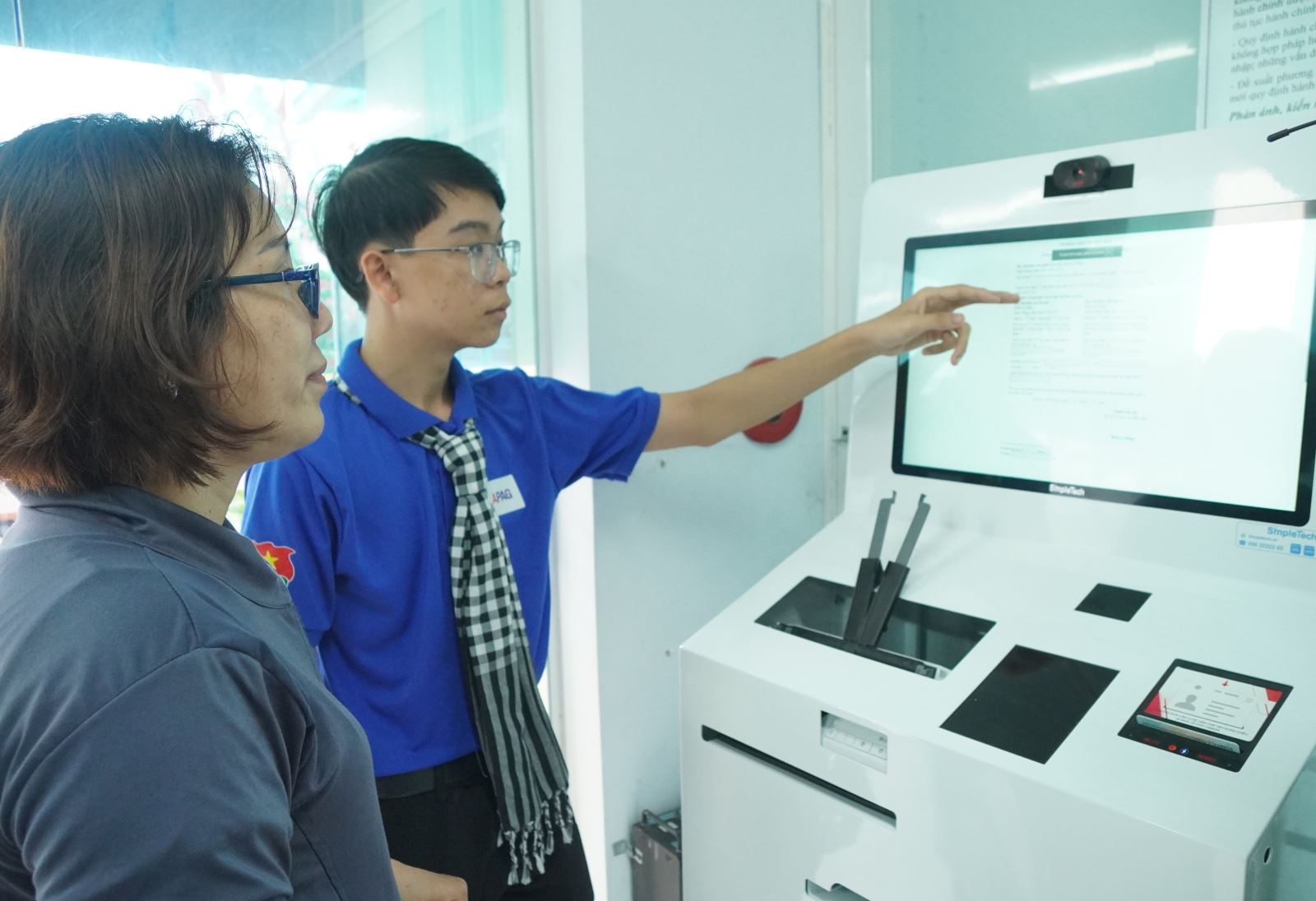
Sharing about the effectiveness of implementing the two-level government, Mr. Ho Van Thang, a public policy lecturer in Ho Chi Minh City, said that the hardship of grassroots officials clearly reflects the dual pressure: having to handle work at the local level and frequently travel to the city for meetings, training and reporting. This is an issue that Ho Chi Minh City needs to consider with more fundamental solutions such as: increasing online meetings, building a digital reporting system to reduce travel time for officials.
"If we can reduce the need for travel, local officials will have more time to focus on their work, while also reducing psychological and health pressure. This will help improve the quality of service to people right at the grassroots level," said Mr. Ho Van Thang.
According to Mr. Ho Van Thang, in that colorful picture, the spirit of "where there is difficulty, there is solution" when implementing the two-level government has spread to every ward and commune in Ho Chi Minh City. Many creative models have been implemented such as: opening more points to receive documents, arranging Youth Union members to support the elderly in filling out administrative information, organizing "morning coffee with the people" to listen to feedback...
These efforts clearly demonstrate the determination of the Ho Chi Minh City government in building an administrative apparatus that is closer to the people and more friendly. Although there are still many problems, it is by listening, recording and overcoming the smallest shortcomings that Ho Chi Minh City is gradually building sustainable trust among the people.
Lesson 2: Taking effective service to the people as the highest goal
Source: https://baotintuc.vn/phong-su-dieu-tra/van-hanh-chinh-quyen-dia-phuong-hai-cap-bai-1-giam-thoi-gian-cho-nguoi-dan-tang-ap-luc-cho-can-bo-20251010170348641.htm



![[Photo] The road connecting Dong Nai with Ho Chi Minh City is still unfinished after 5 years of construction.](https://vphoto.vietnam.vn/thumb/1200x675/vietnam/resource/IMAGE/2025/11/04/1762241675985_ndo_br_dji-20251104104418-0635-d-resize-1295-jpg.webp)

![[Photo] Panorama of the Patriotic Emulation Congress of Nhan Dan Newspaper for the period 2025-2030](https://vphoto.vietnam.vn/thumb/1200x675/vietnam/resource/IMAGE/2025/11/04/1762252775462_ndo_br_dhthiduayeuncbaond-6125-jpg.webp)
![[Photo] Ho Chi Minh City Youth Take Action for a Cleaner Environment](https://vphoto.vietnam.vn/thumb/1200x675/vietnam/resource/IMAGE/2025/11/04/1762233574890_550816358-1108586934787014-6430522970717297480-n-1-jpg.webp)
![[Photo] Ca Mau "struggling" to cope with the highest tide of the year, forecast to exceed alert level 3](https://vphoto.vietnam.vn/thumb/1200x675/vietnam/resource/IMAGE/2025/11/04/1762235371445_ndo_br_trieu-cuong-2-6486-jpg.webp)




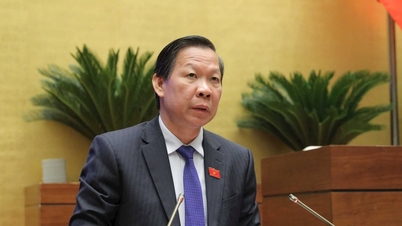

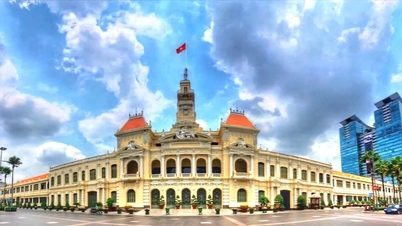


















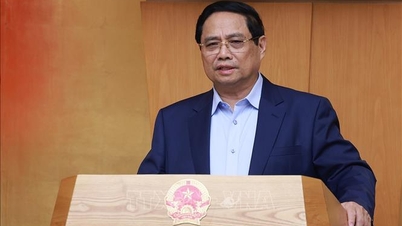
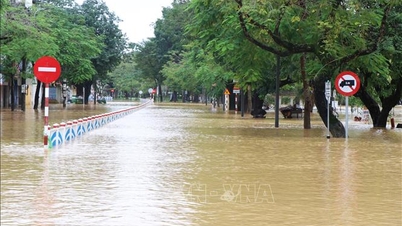
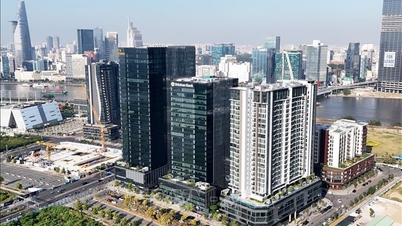





































































Comment (0)